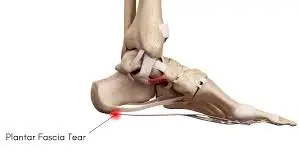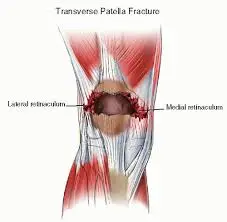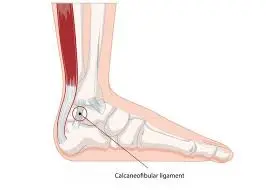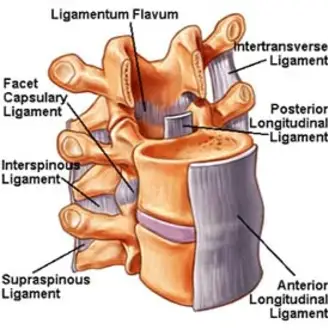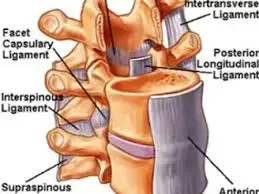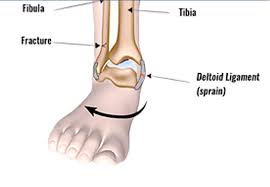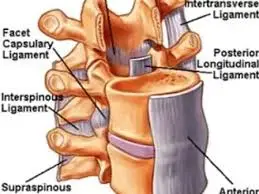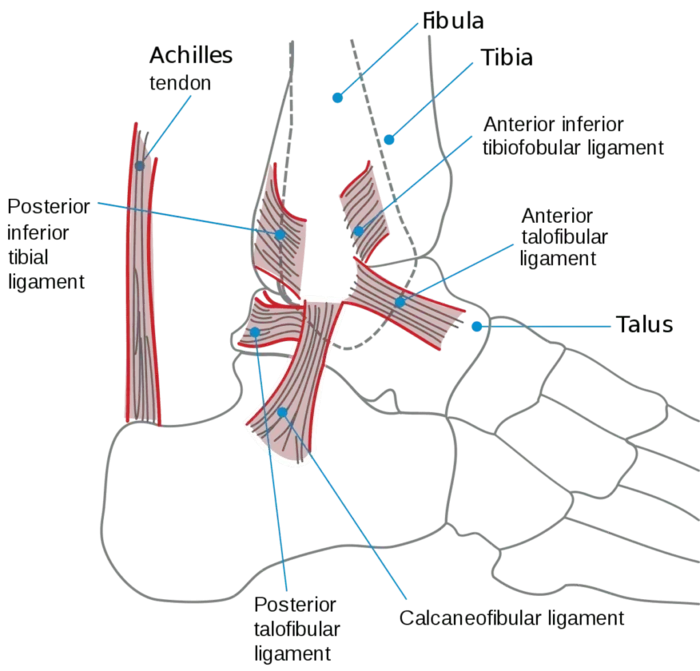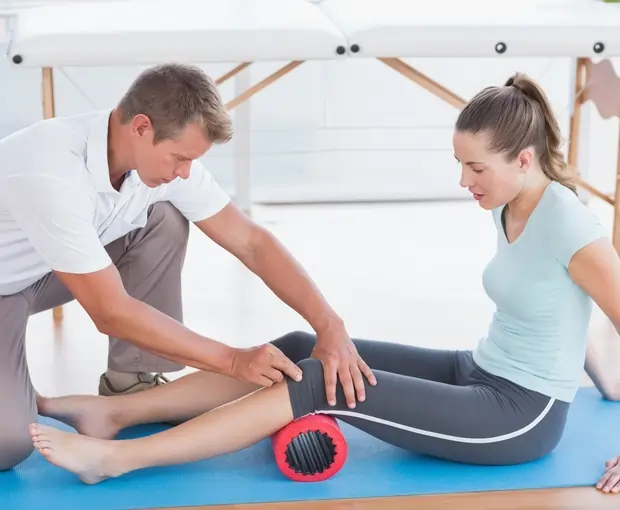Plantar Fascia Tear
Introduction: A partial or whole rupture of the plantar fascia, a thick band of connective tissue on the sole of the foot, is referred to as a plantar fascia tear. Numerous things, such as excessive use, unexpected impact, or pre-existing disorders like plantar fasciitis, can cause this tear. Sharp and frequently severe heel pain can result from…

